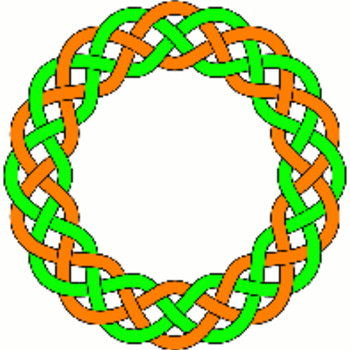What is the equation of the tangent line of #f(x) =((x-1)^3(x^2+2))/(e^x-1)^4# at #x=2#?
2 Answers
with
Explanation:
The instantaneous slope of the tangent to the function will be its first derivative. Differentiation is a science, integration is an art. That is a messy derivative.
Gritting teeth!
The numerator is the product of two functions, one of them composite.
The first of the two functions in the numerator has derivative
The second of the two functions in the numerator has derivative
So, the overall derivative of the numerator is
The derivative of the denominator is
So, the derivative of the whole function is
(quotient rule)
I used this site to check workings for the derivative (I think it only sensible!)
It is noted that a graph of the function will pass through the point
so, using the formula for a line passing through some point
that is
I will not evaluate f(2) or f'(2)!
The equation is nearly
Explanation:
Alternatively we may use logarithmic differentiation to simplify the process a little.
We start by seeing that
#f(2) = ((2 - 1)^3(2^2 + 2))/(e^2 - 1)^4 = 6/(e^2 - 1)^4#
Now we differentiate
#lny = ln(((x -1)^3(x^2 +2))/(e^x - 1)^4)#
#lny = ln(x - 1)^3 + ln(x^2 + 2) - ln(e^x - 1)^4#
#lny = 3ln(x- 1) + ln(x^2 + 2)- 4ln(e^x -1)#
#1/y(dy/dx) = 3/(x -1) + (2x)/(x^2 + 2) - (4e^x)/(e^x - 1)#
#dy/dx = (((x - 1)^3(x^2 + 2)^3)/(e^x- 1)^4)(3/(x -1) + (2x)/(x^2 + 2) - (4e^x)/(e^x -1))#
So the slope of the tangent at
#m = 6/(e^2 - 1)^4 * (3 + 2/3 - ((4e^3)/(e^2 - 1))#
#m = 6/(e^2 - 1)^4 * (11/3 - (4e^3)/(e^2 - 1))#
#m = (6(11e^2 -11 - 4e^3))/(3(e^2 - 1)^5#
#m = (2(11e^2 - 11 - 4e^3))/(e^2 - 1)^5#
The equation of the tangent is therefore
#y - 6/(e^2 - 1)^4 = m(x - 2)#
Approximating we get about
#y = -0.00189(x - 2) + 0.0036#
#y = -0.00189x +0.00378 + 0.0036#
#y = -0.00189x + 0.00738#
Hopefully this helps!


